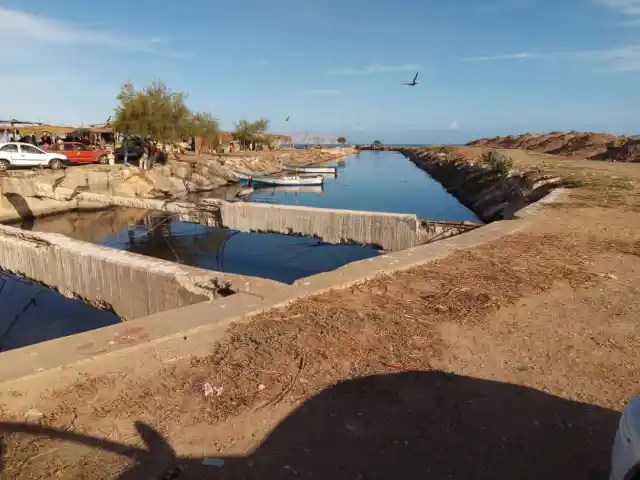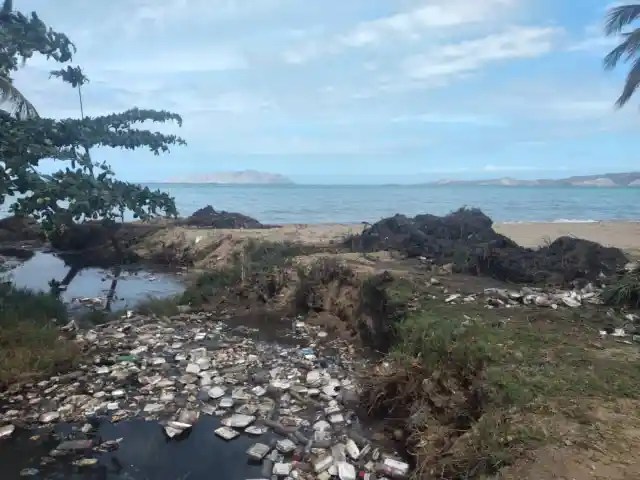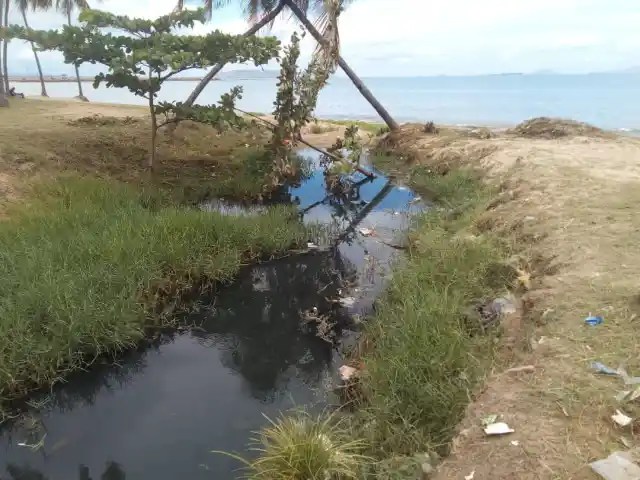
The issue of sewage in the northern part of Anzoátegui State apparently continues to be underestimated and is not among the priorities of local and regional authorities, despite the fact that in cities like Barcelona and Puerto La Cruz there are leaks everywhere on streets and avenues.
By Javier A. Guaipo
According to the president of the “Agua Para Todos” (Water for Everyone) foundation, Rodolfo Gil, the problem lies not only in the overflow of sewers on public roads, but also in the fact that no municipality in the metropolitan area has an active treatment plant.
“Barcelona and Lechería do not have a (treatment) plant. For its part, Puerto La Cruz has one that has been paralyzed for more than 10 years, and in Guanta they built one in the early 1990s, but it never came into operation. This brings as a consequence that the sewage from these four municipalities ends up untreated in the sea, violating many environmental laws.”

Mr. Gil criticized that an emblematic place in the city of Porto Cruz, such as the old Paseo Colón, has to discharges of residual efluents, whose origin is unknown, and this contributes to the contamination of the Bay of Pozuelos.
“In addition to that, thousands of liters of sewage are discharged off the coast of this port city through Drain B, whose objective was to carry rainwater, but in the absence of a treatment plant, everything runs through it towards the sea.”
The spokesperson added that a similar situation occurs in the capital city of Anzoátegui State (Barcelona), where more than 90% of the sewers go to the Neverí River, affecting the lower basin that empties into the Bay of Barcelona, which in turn is the mayor contributor of the contamination of the entire coastal axis of the Simón Bolívar Municipality.

“We also note with concern that some authorities allow discretionary use of certain beaches for many people, which obviously puts their health at risk.”
Mr. Gil insisted that the authorities do nothing to mitigate environmental pollution and protect marine and underwater species.
In Barcelona there are sectors such as Tronconal III where the situation created by the sewers is critical. There are more and more streets and sidewalks flooded with putrefied water. Meanwhile, in Puerto La Cruz, the vicinity of the municipal market is one of the examples of the worrying situation, as informal merchants sell food amid the stench of foul waters.


